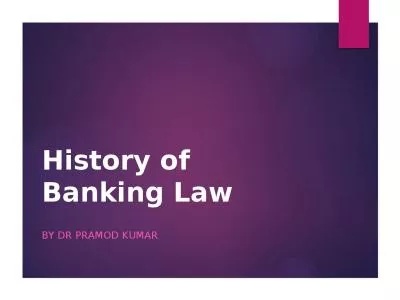PPT-Economics II Money and Banking
Author : adia | Published Date : 2023-10-31
Money and its functions Different money types Modern banking Money creation kk 2 What is money It is a symbol of success a source of crime and it makes the world
Presentation Embed Code
Download Presentation
Download Presentation The PPT/PDF document "Economics II Money and Banking" is the property of its rightful owner. Permission is granted to download and print the materials on this website for personal, non-commercial use only, and to display it on your personal computer provided you do not modify the materials and that you retain all copyright notices contained in the materials. By downloading content from our website, you accept the terms of this agreement.
Economics II Money and Banking: Transcript
Download Rules Of Document
"Economics II Money and Banking"The content belongs to its owner. You may download and print it for personal use, without modification, and keep all copyright notices. By downloading, you agree to these terms.
Related Documents

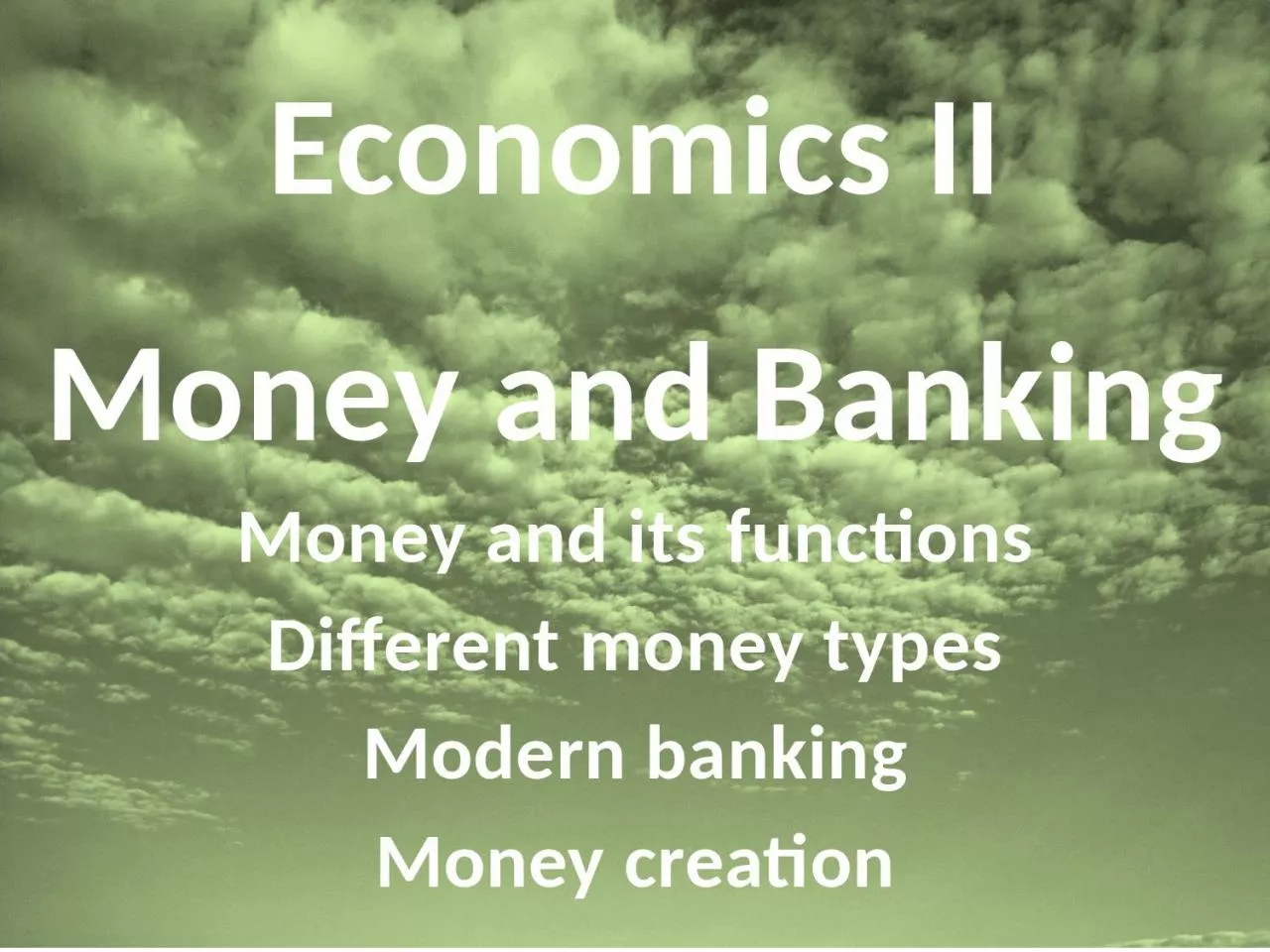
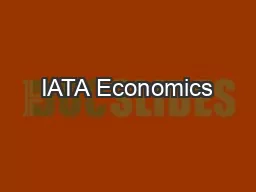
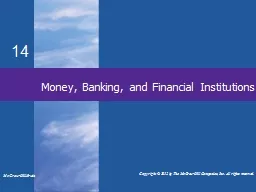
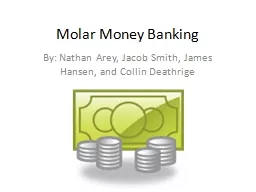
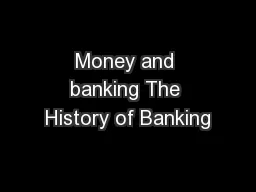

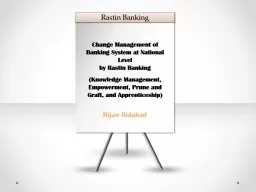
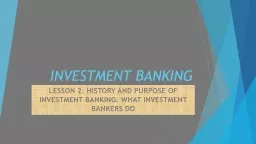
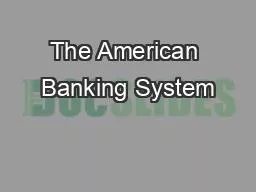

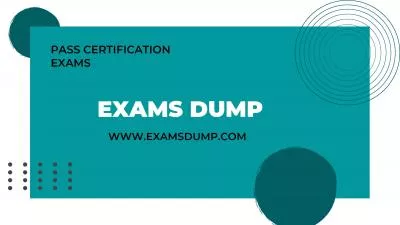
![[READ] All About Money - Economics - Business - Ages 10+: The Thinking Tree - Do-It-Yourself](https://thumbs.docslides.com/1008096/read-all-about-money-economics-business-ages-10-the-thinking-tree-do-it-yourself-homeschooling-curriculum-all-about-money-how-to-make-money-money-economics-business-research-gre.jpg)

